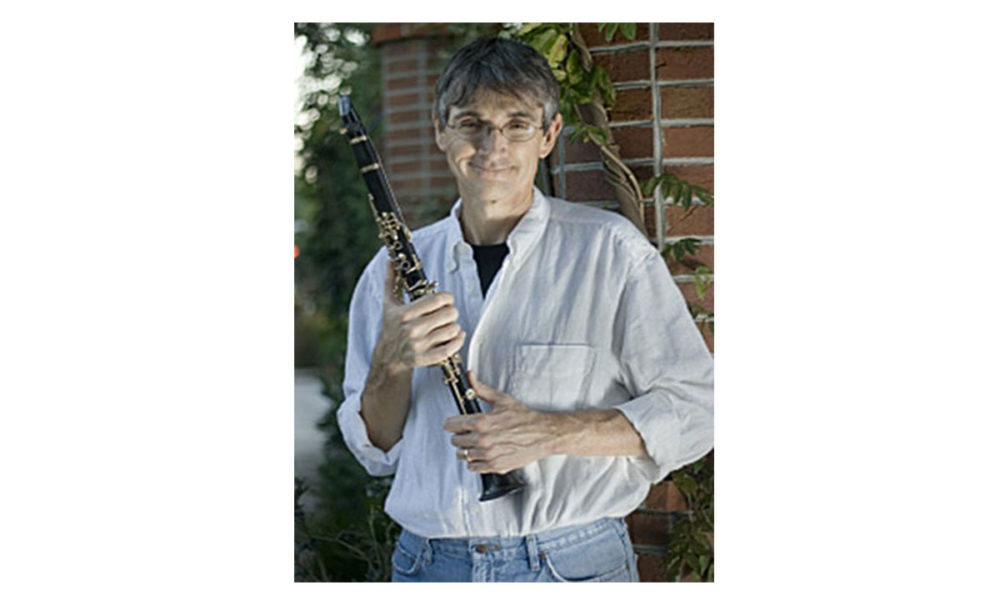It’s solo and ensemble festival time in most areas of the United States. But playing the correct notes, dynamics, and articulations are only a small part of what makes a great performance. Just as important is your presentation. With that in mind, I present “Snyder’s C’s for Solo Success.”
Confidence!
You’ve listened to lots of recordings of your solo. You’ve sweated during hours and hours of practice. You’ve overcome technical hurdles. You own this piece! Now it’s time to perform it.
Stride into the room with shoulders squared, confident in your preparation, confident in your ability, confident in yourself. You own this stage too!
Connection
Chances are that your audience will be relatives, friends, other musicians, and the adjudicator. They all have two things in common: They’re human, and they want you to succeed, so connect with them.
Make plenty of eye contact. When you enter the room, smile at everyone and say, “Good morning (or afternoon).”
Announce the piece you’ll play. Introduce and acknowledge your accompanist by name. Act as if you want to share this cool thing you’ve created with them. You’ll have this crowd on your side, and it’ll even have an amazing calming effect on you.
Make sure you dress nicely too. Nothing shows your audience the respect you have for them more than making the effort to look good.
Communication
You have needs. The only way that anyone will know what those needs are is if you communicate them. Ask the adjudicator if you can play a few notes—maybe a scale or two—to get used to the acoustics in the room. (That’s the one thing that throws off most performers.)
Ask your accompanist for a couple of notes for tuning. Make sure you visually, as well as musically, communicate with your accompanist. You two are a team. There should be no doubt between the two of you regarding downbeats, tempo changes, cutoffs, and ritards.
A great performance is about more than just the music; it’s about the experience.


